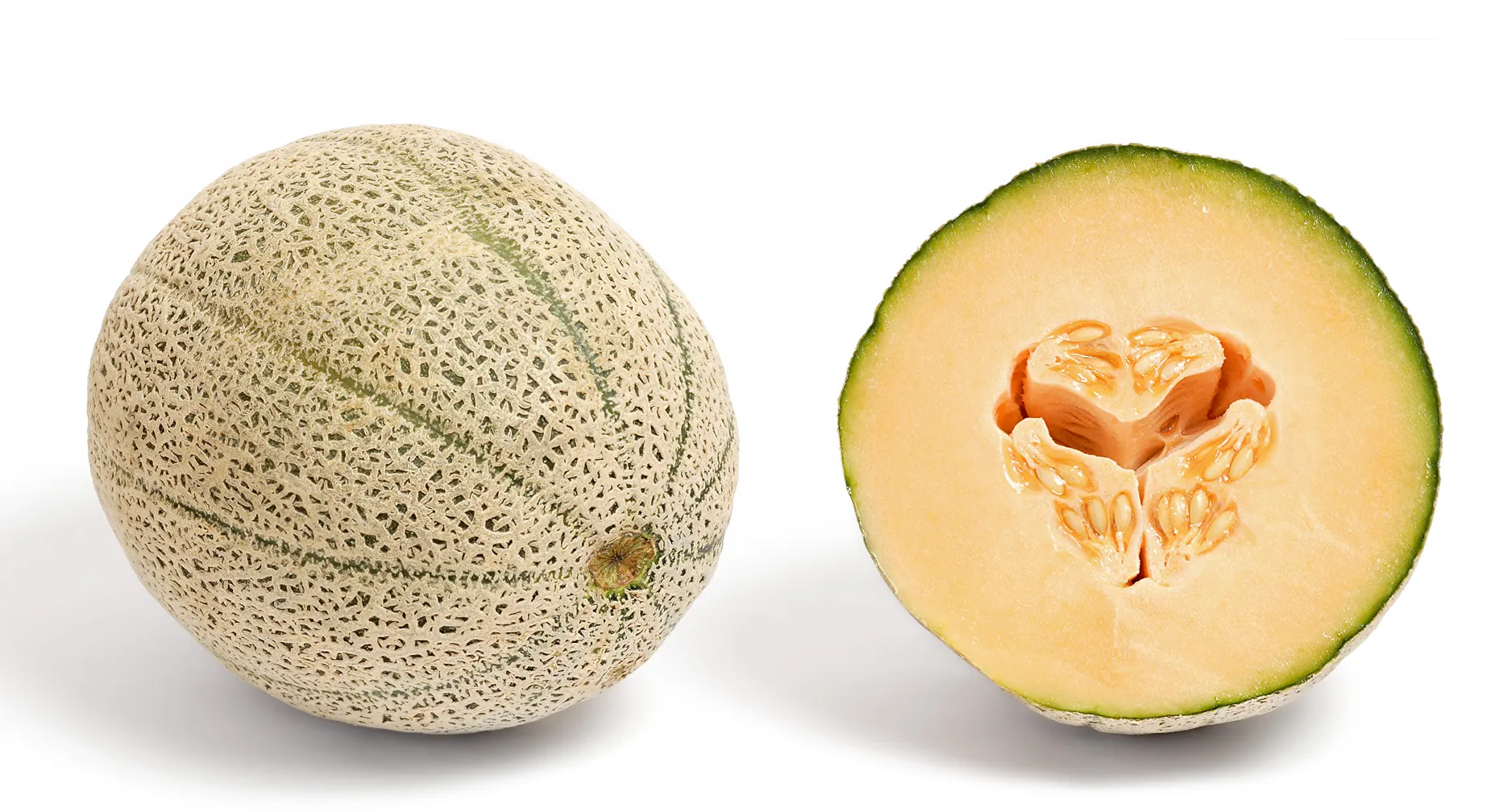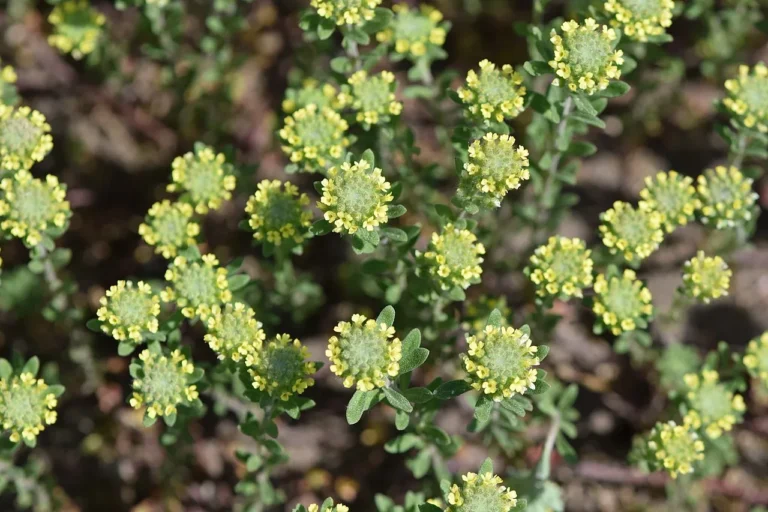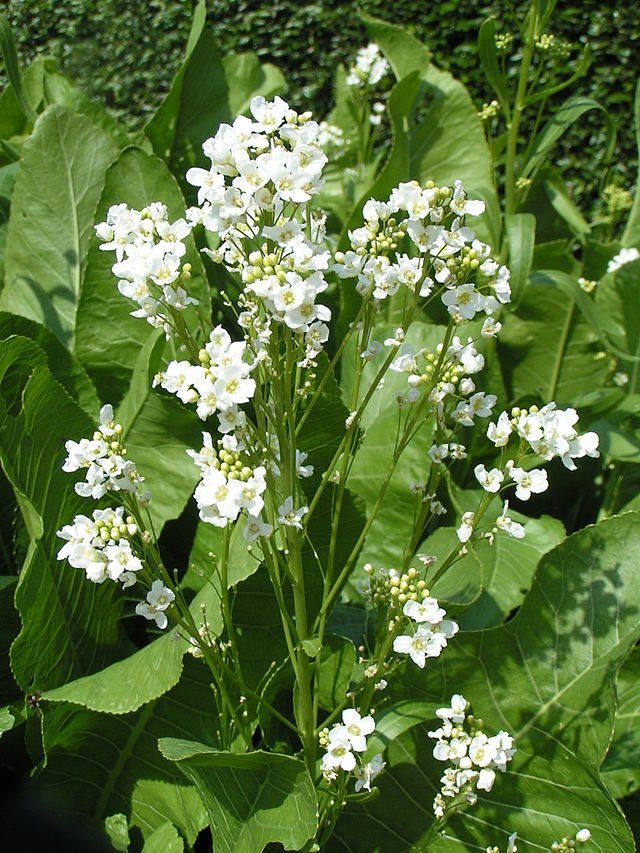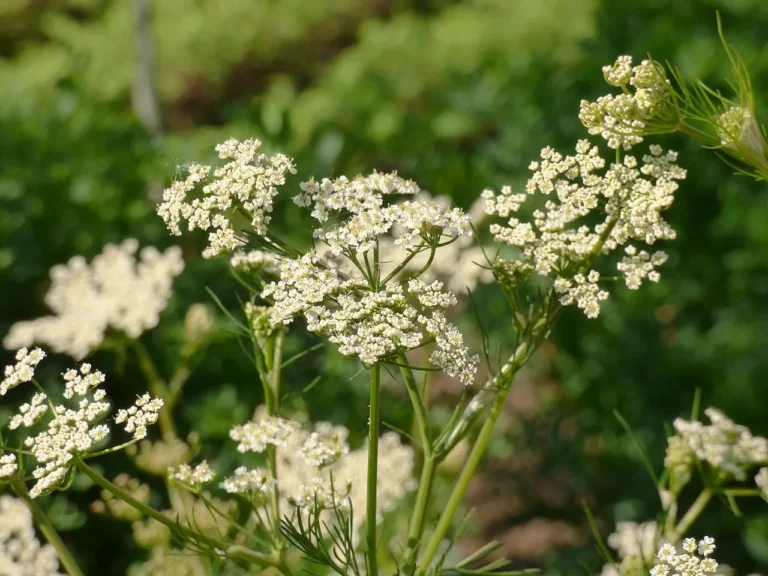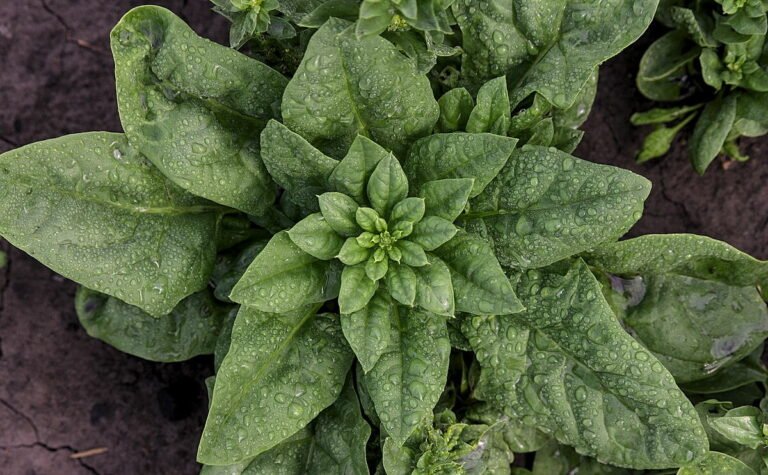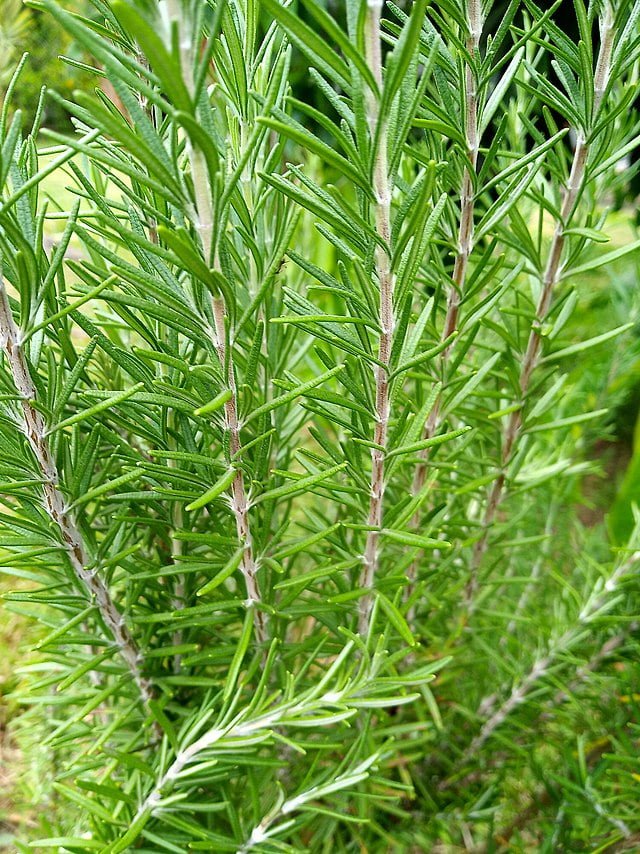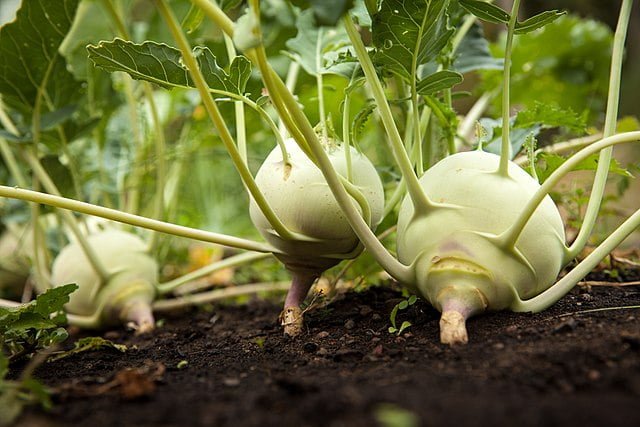Cantaloupe: A Guide to Sweet Summer Success
Cantaloupe, also known as muskmelon, is a warm-season fruit beloved for its sweet, fragrant flesh. Growing cantaloupe in your garden can be incredibly rewarding, offering a taste of summer that store-bought melons can rarely match. This guide will provide you with essential tips for cultivating delicious cantaloupes, from seed selection to harvest.
Why Grow Cantaloupe?
Cantaloupe is not just delicious; it’s also packed with vitamins A and C, beta-carotene, and antioxidants. Growing your own cantaloupe allows you to enjoy these nutritious fruits at peak ripeness and sweetness, a luxury that commercially grown melons, picked before they’re fully ripe, often lack.
How to Grow Cantaloupe
Choosing Cantaloupe Varieties
There are many cantaloupe varieties available, each with unique flavours, textures, and growing times. Some popular choices include:
- ‘Hale’s Best Jumbo’: An heirloom variety known for its sweet flavour and resistance to drought.
- ‘Athena’: Widely grown for its disease resistance and consistent yields of flavourful melons.
- ‘Sugar Cube’: Offers small, exceptionally sweet fruits, perfect for small gardens or containers.
Planting Cantaloupe
- Timing: Plant cantaloupe seeds directly in the ground after the last frost when the soil temperature reaches at least 70°F. In cooler climates, start seeds indoors about 4-6 weeks before the last expected frost.
- Soil and Site: Cantaloupes thrive in well-drained, nutrient-rich soil with a pH of 6.0-6.8. Choose a sunny location that receives at least 6-8 hours of sunlight daily.
- Sowing Seeds: Plant seeds 1 inch deep, spacing them about 18-24 inches apart in rows or hills spaced 3-6 feet apart. In areas with short growing seasons, consider using black plastic mulch to warm the soil and floating row covers to protect seedlings from cool nights.
Caring for Cantaloupe Plants
- Watering: Provide consistent moisture, especially during flowering and fruit development. Water at the base of the plant to reduce the risk of leaf diseases.
- Mulching: Apply organic mulch to conserve moisture, regulate soil temperature, and suppress weeds.
- Fertilizing: Use a balanced fertilizer at planting time. Once flowers appear, switch to a phosphorus and potassium-rich fertilizer to encourage fruit development.
Pest and Disease Management
Cantaloupes can be susceptible to pests like cucumber beetles and diseases such as powdery mildew. Practice crop rotation, use floating row covers to protect young plants, and remove any diseased plant material promptly to minimize issues.
Harvesting Cantaloupe
Cantaloupes are ready to harvest when they detach easily from the vine—a sign known as “slipping.” The fruit should be fully coloured, and the netting pattern on the rind should be pronounced. The blossom end will also yield slightly to gentle pressure, and the melon will have a sweet fragrance.
Storing Cantaloupe
After harvesting, cantaloupes can be stored at room temperature for a few days to improve flavor. For longer storage, keep them in the refrigerator where they can last for up to a week.
Conclusion
Growing cantaloupe can add a delightfully sweet and aromatic component to your summer garden. With proper care, the right conditions, and a little patience, you’ll be rewarded with an abundance of succulent fruits that capture the essence of summer.

